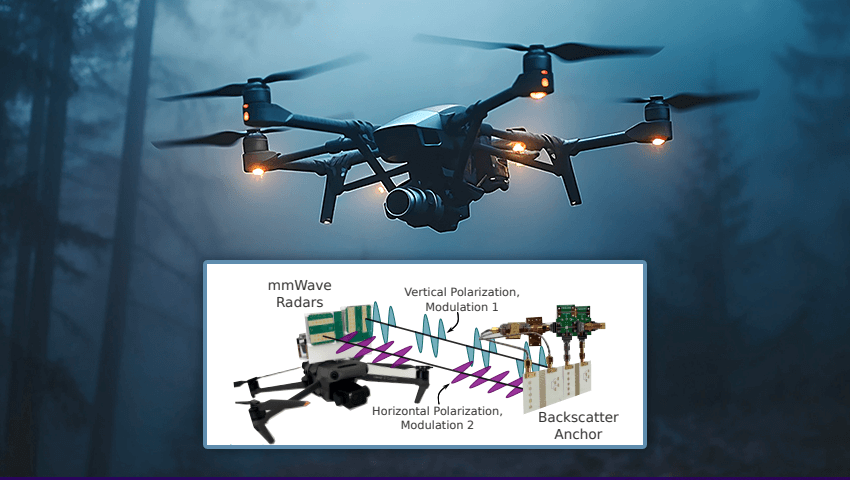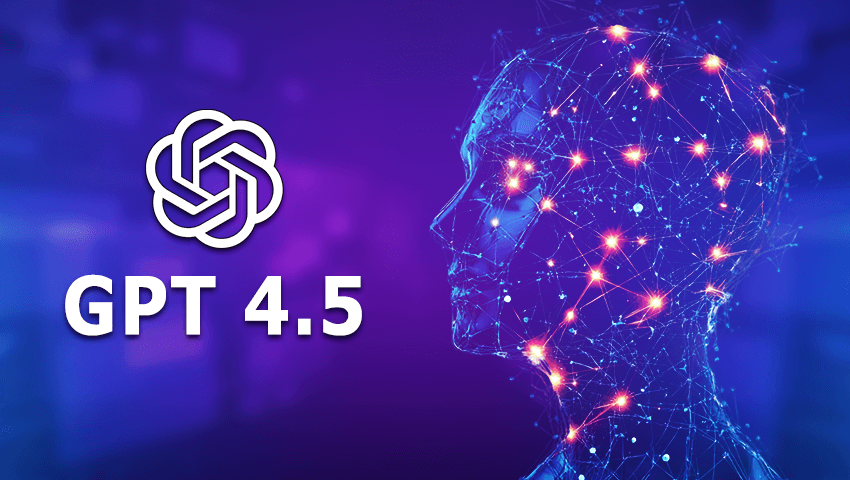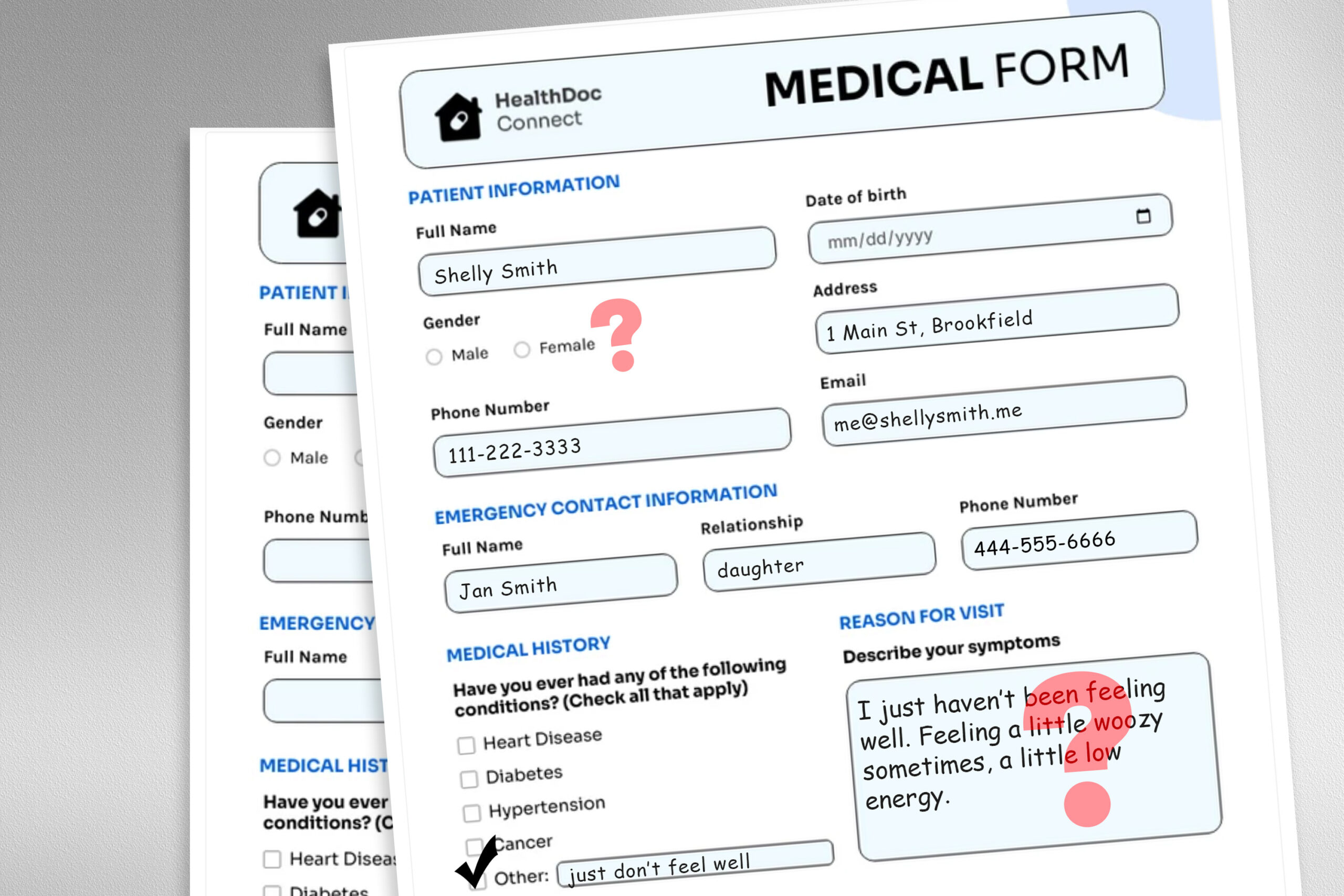How to navigate drones in total darkness
As autonomous drones become more integral to logistics, emergency response, and industrial applications, the challenge of navigation in GPS-denied environments has driven technological breakthroughs. While GPS remains the dominant method for outdoor navigation, it is ineffective in locations such as warehouses, underground facilities, dense urban landscapes, and disaster zones. Recent research and industry innovations, including … Read More









